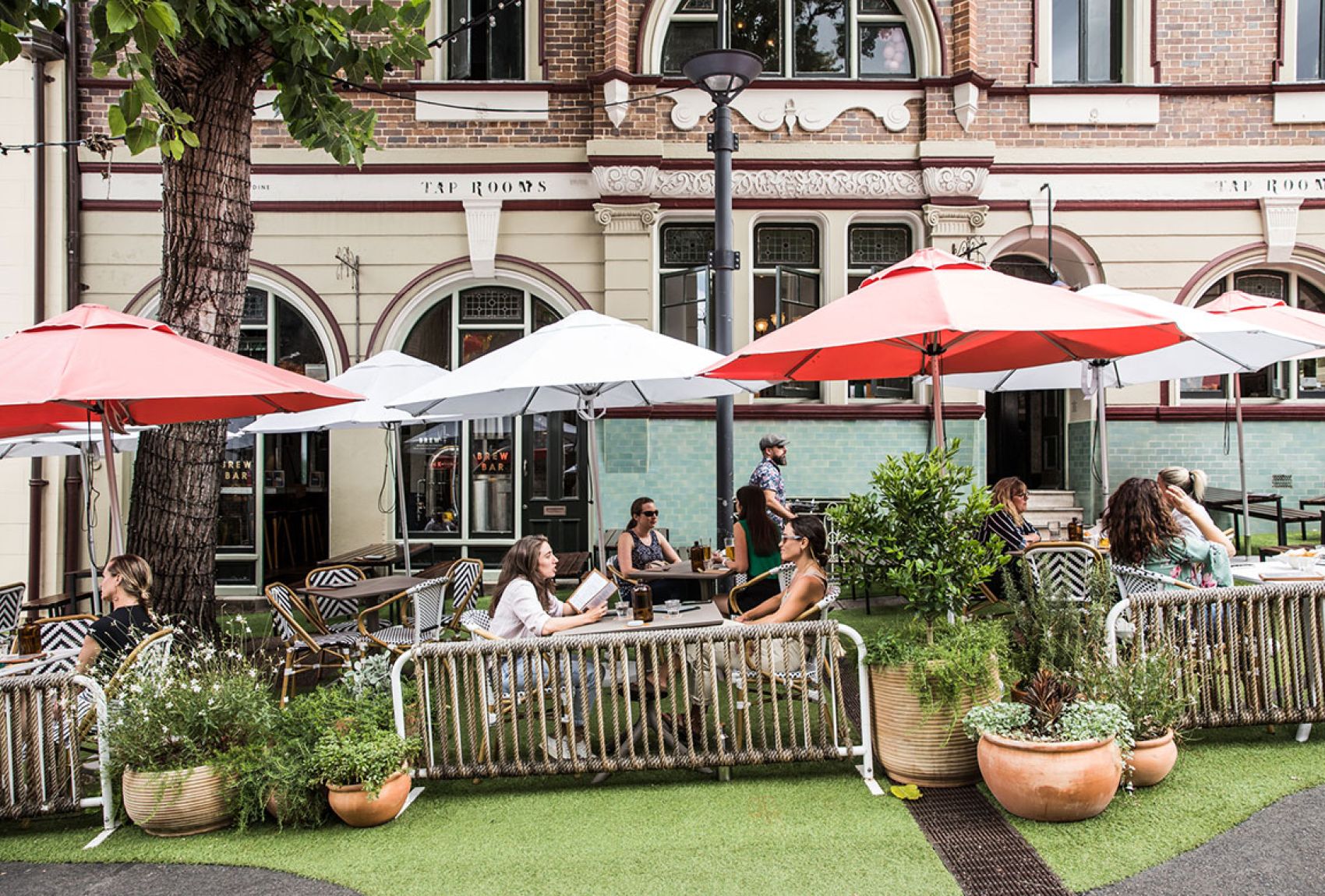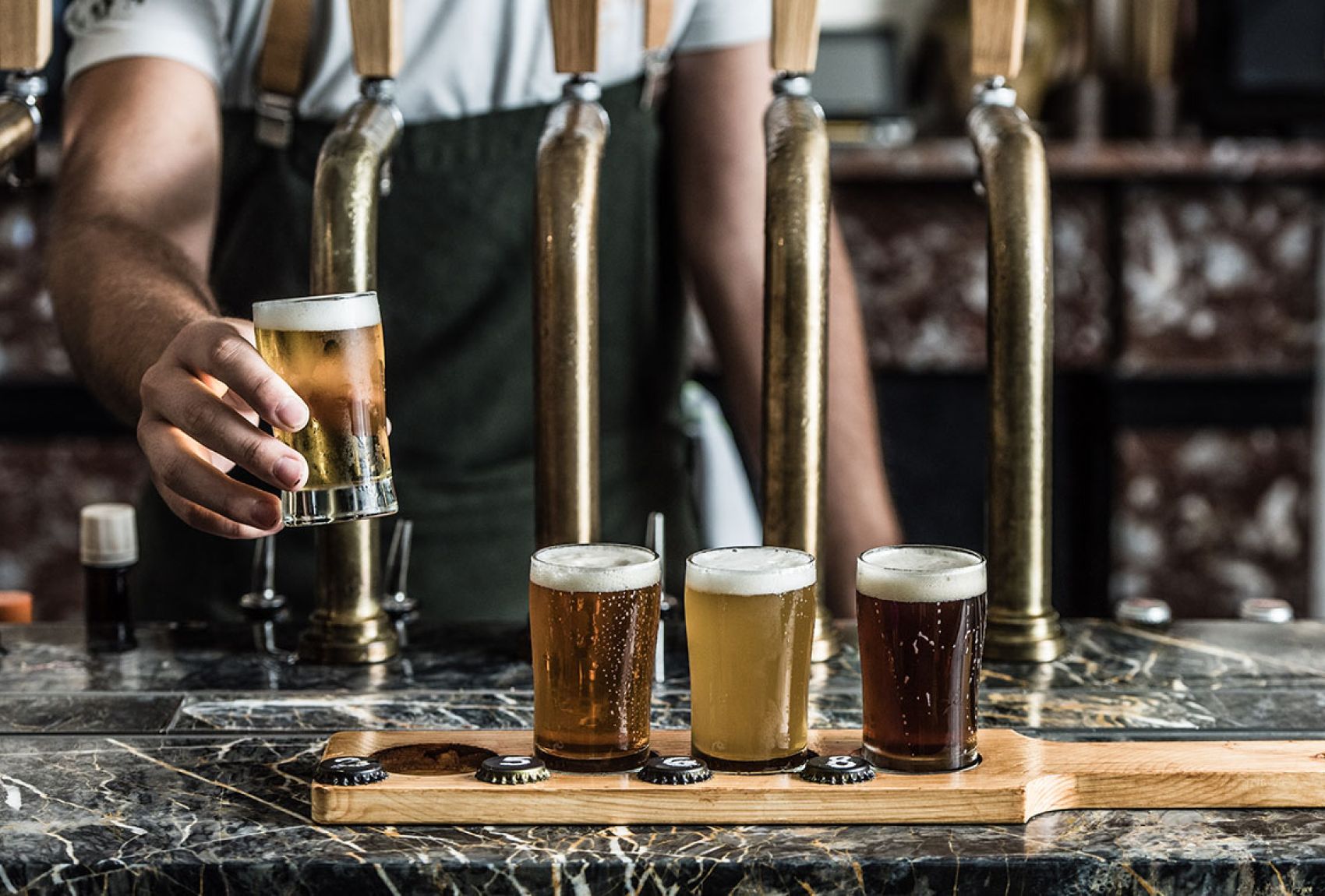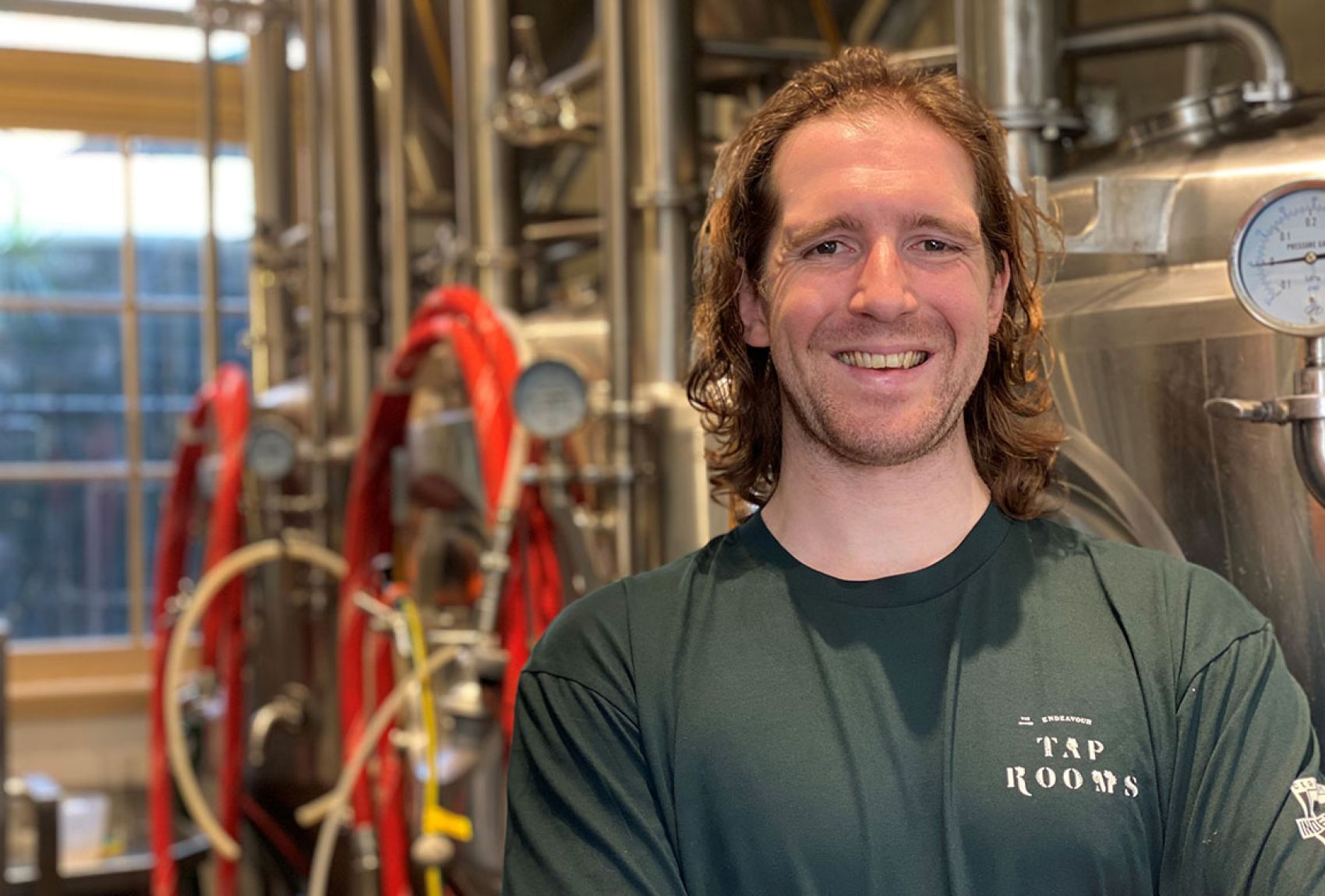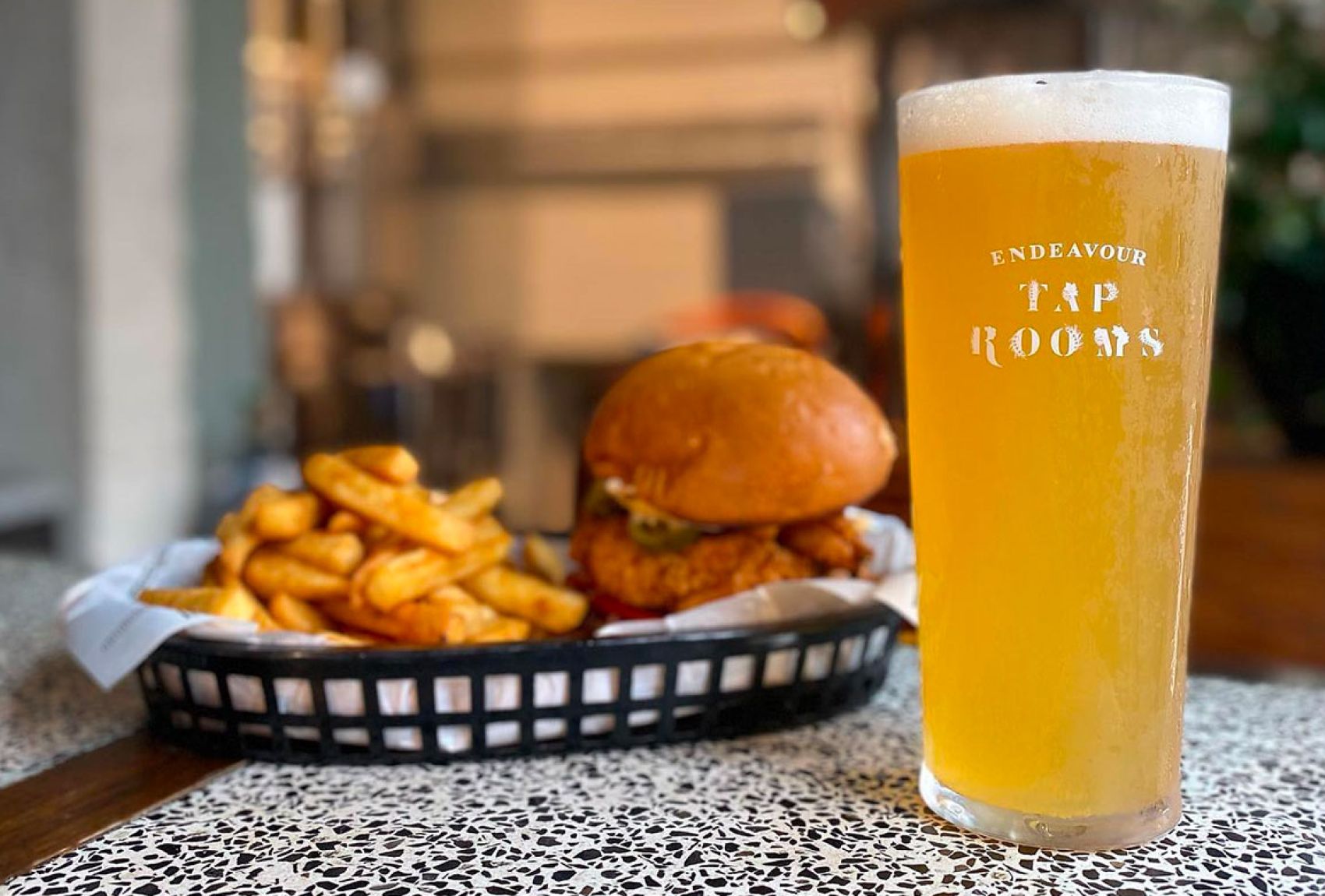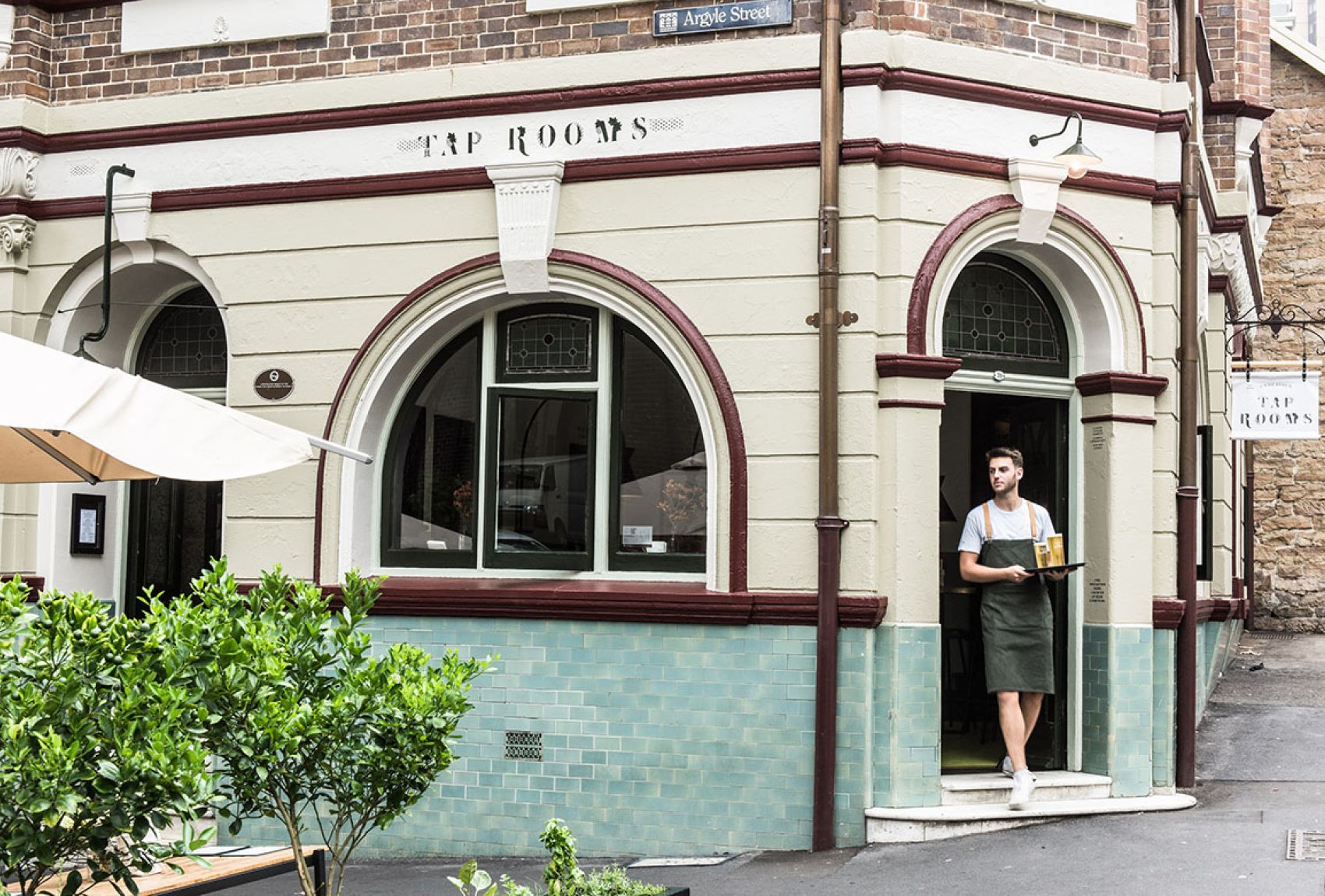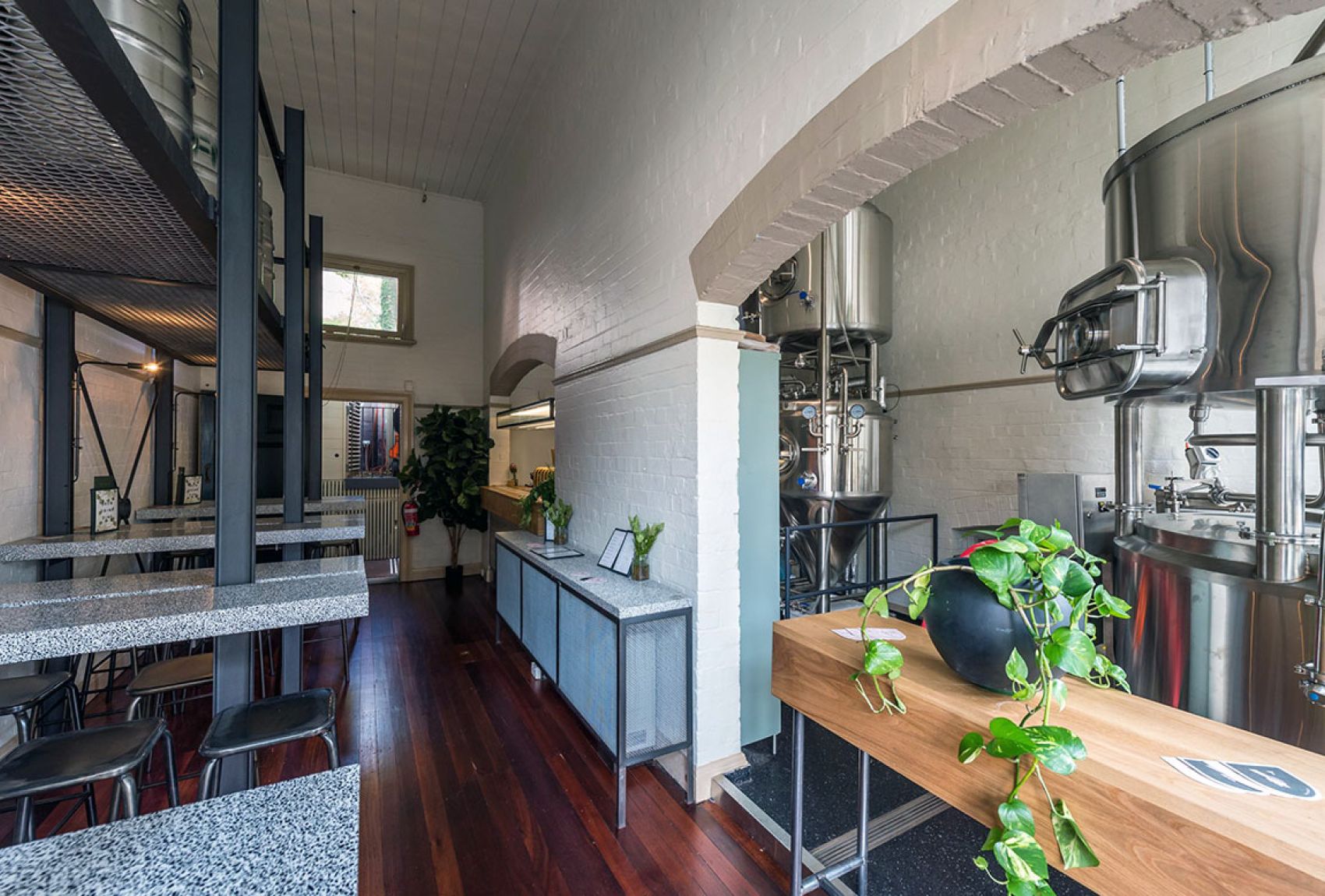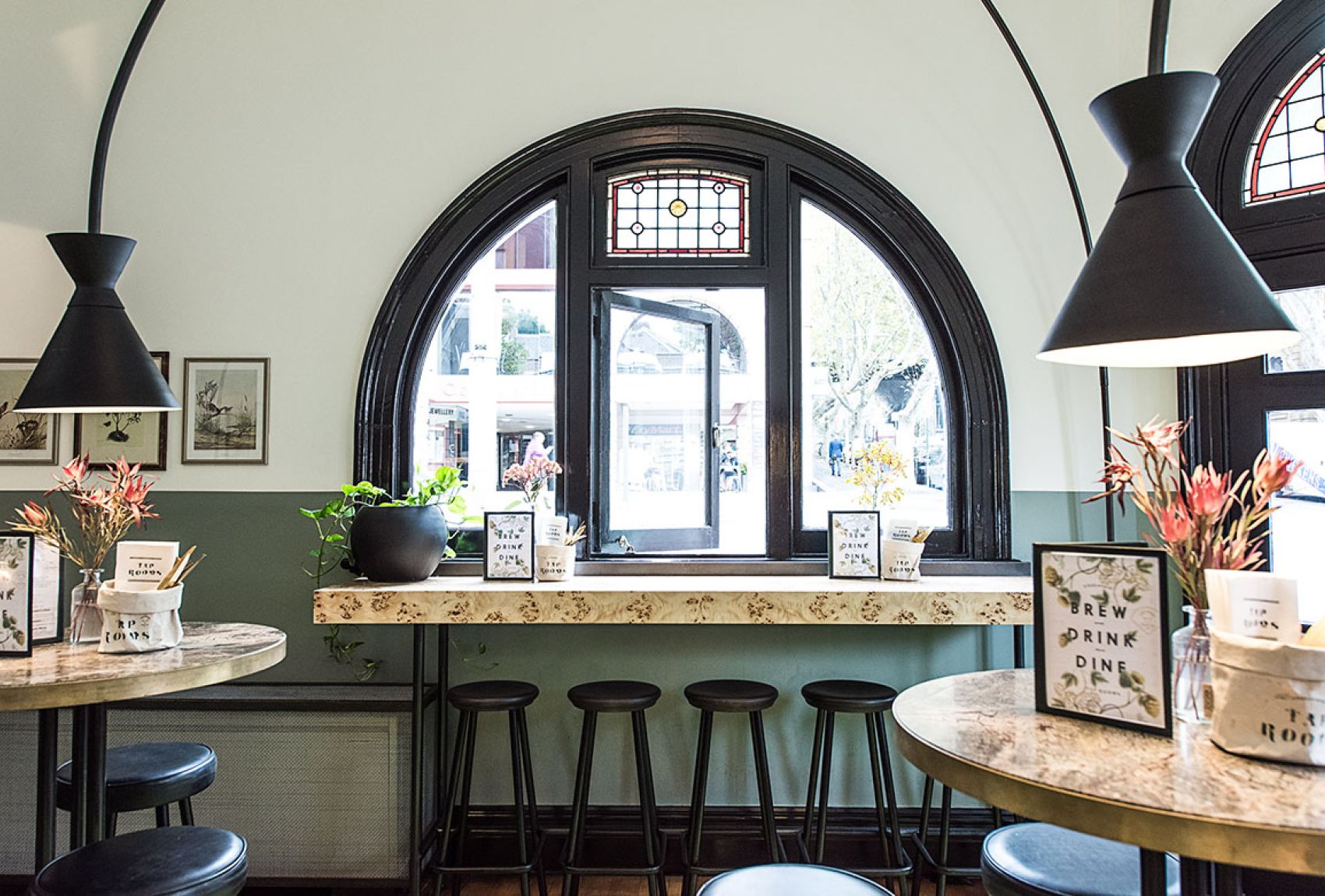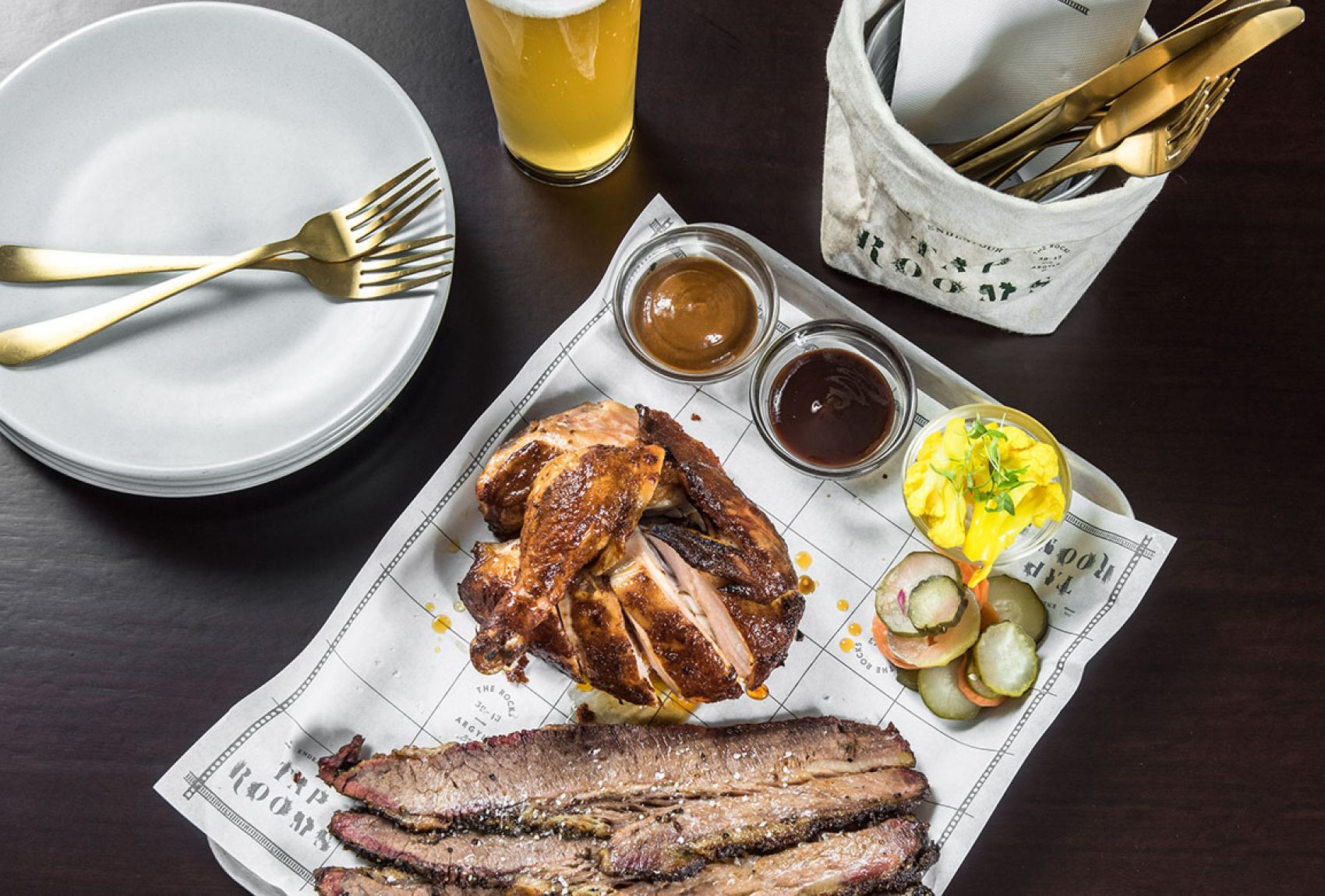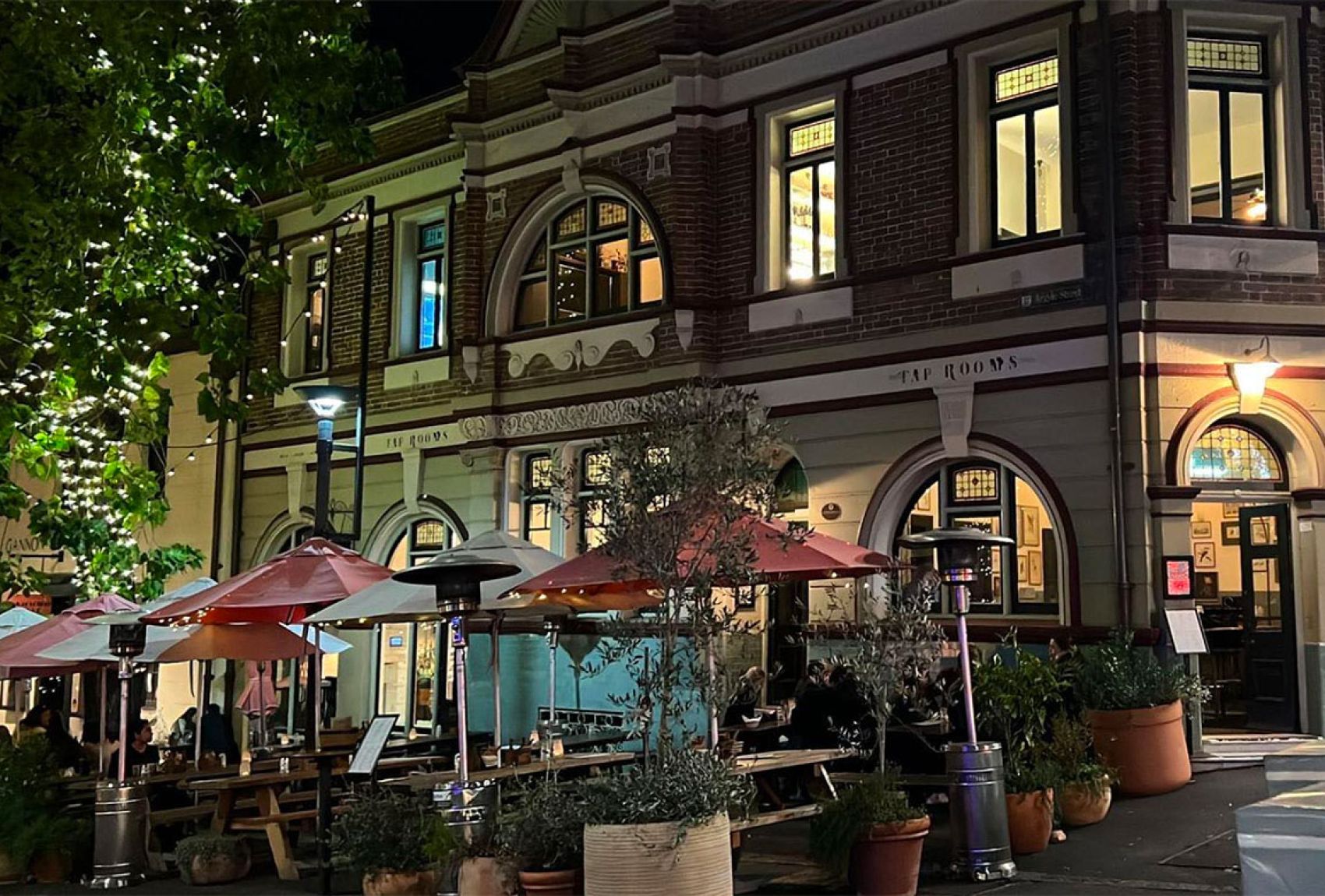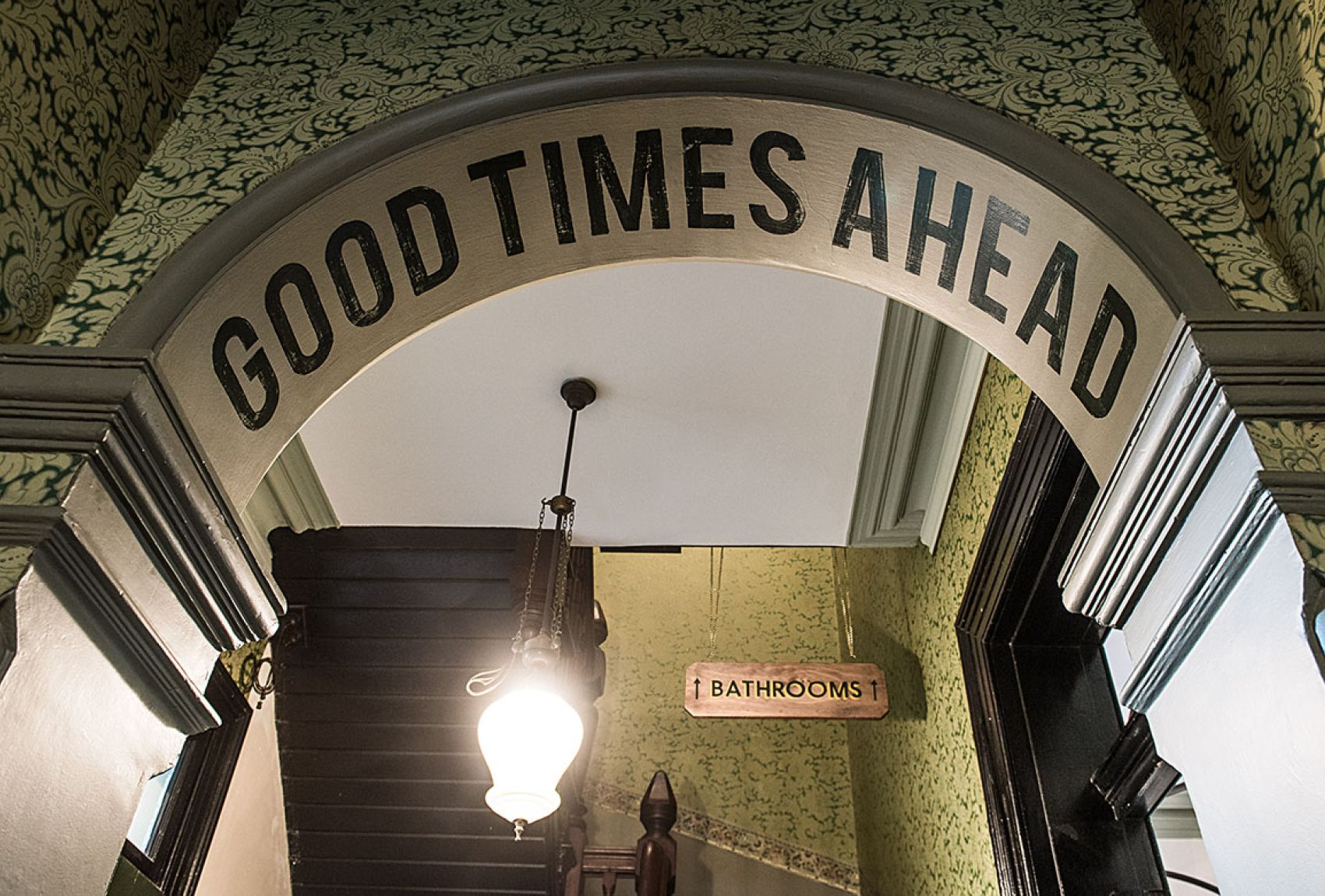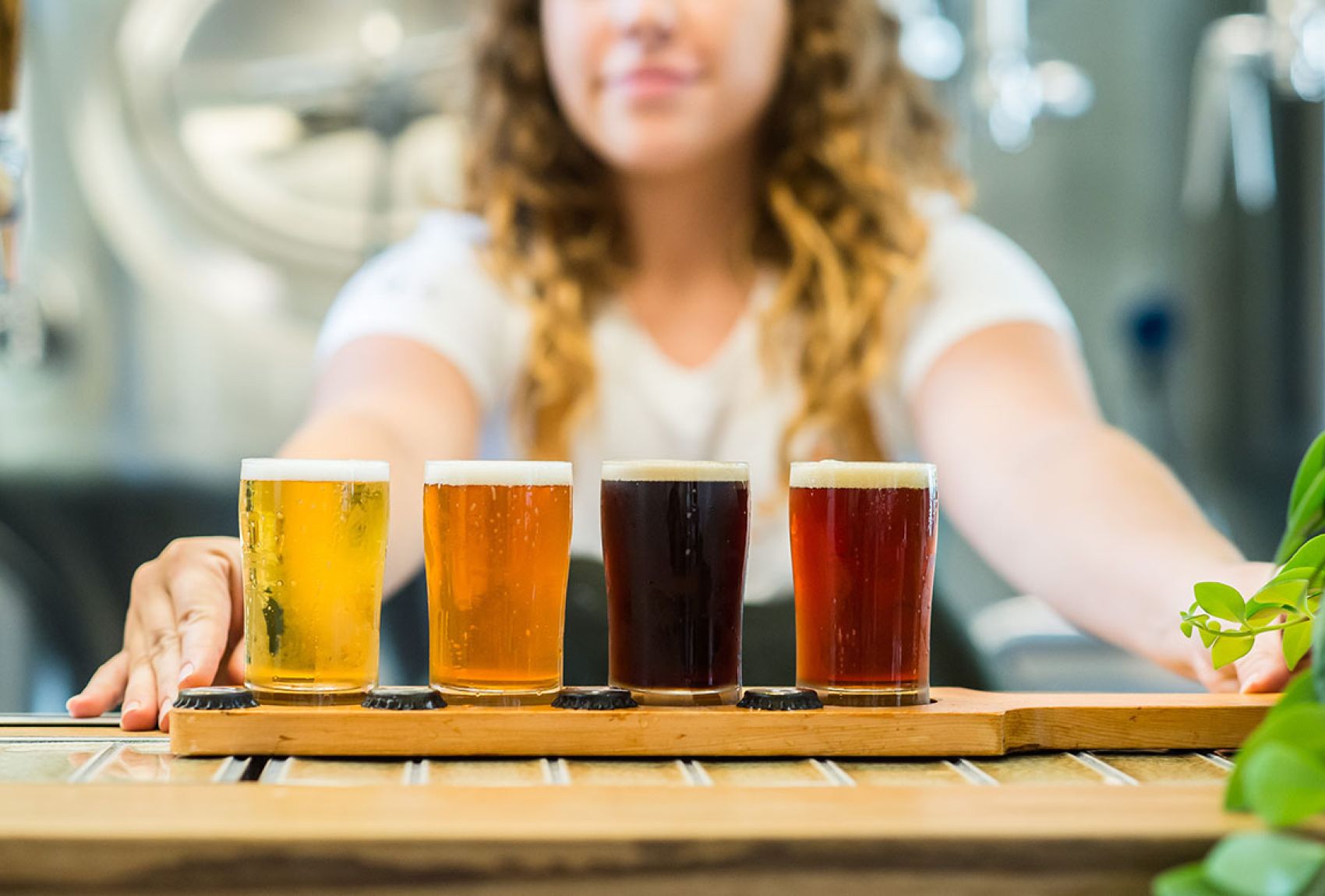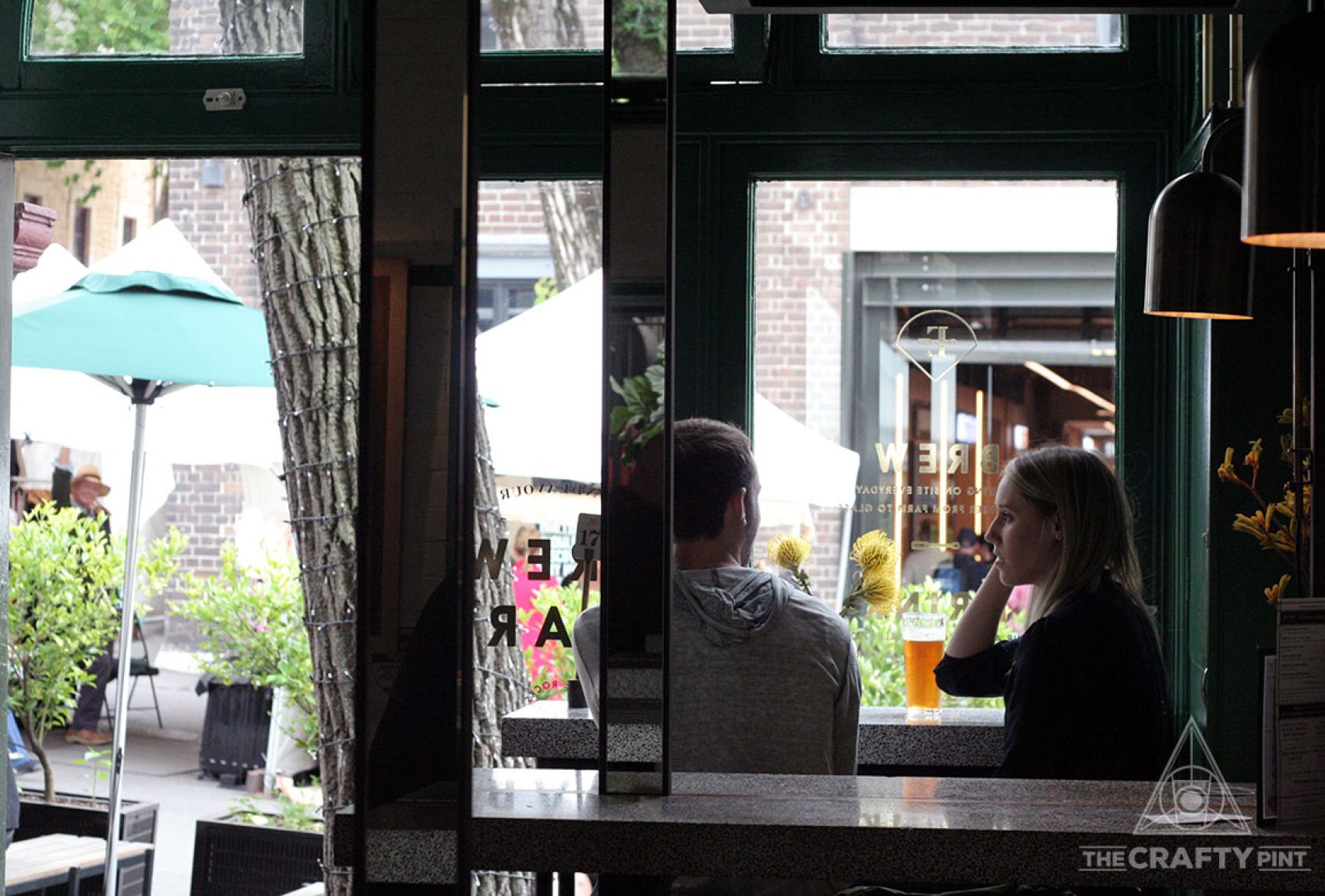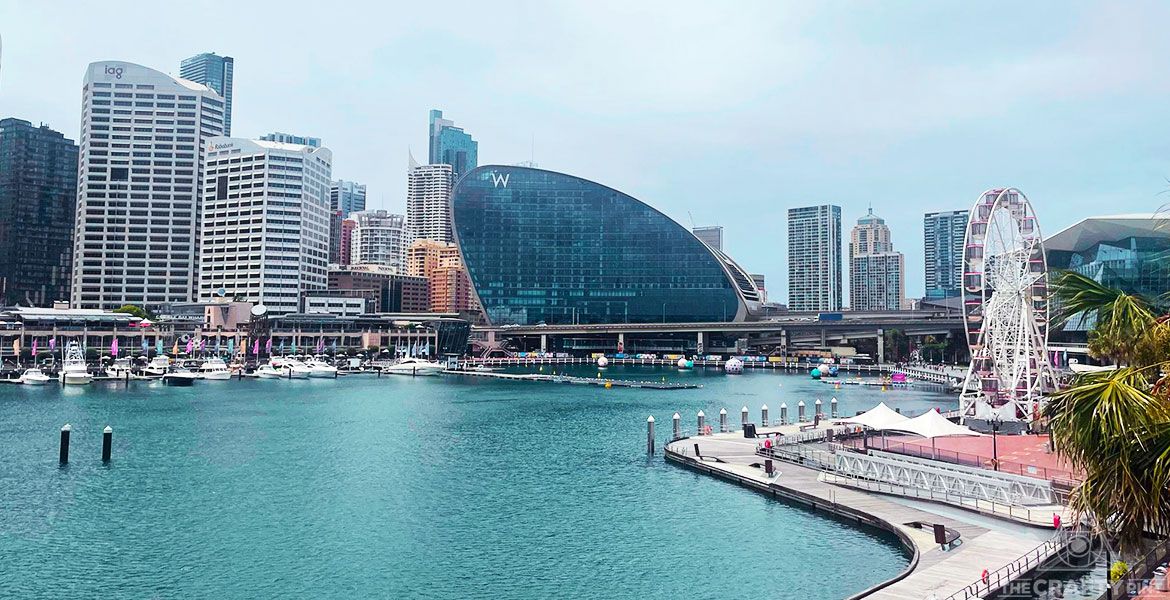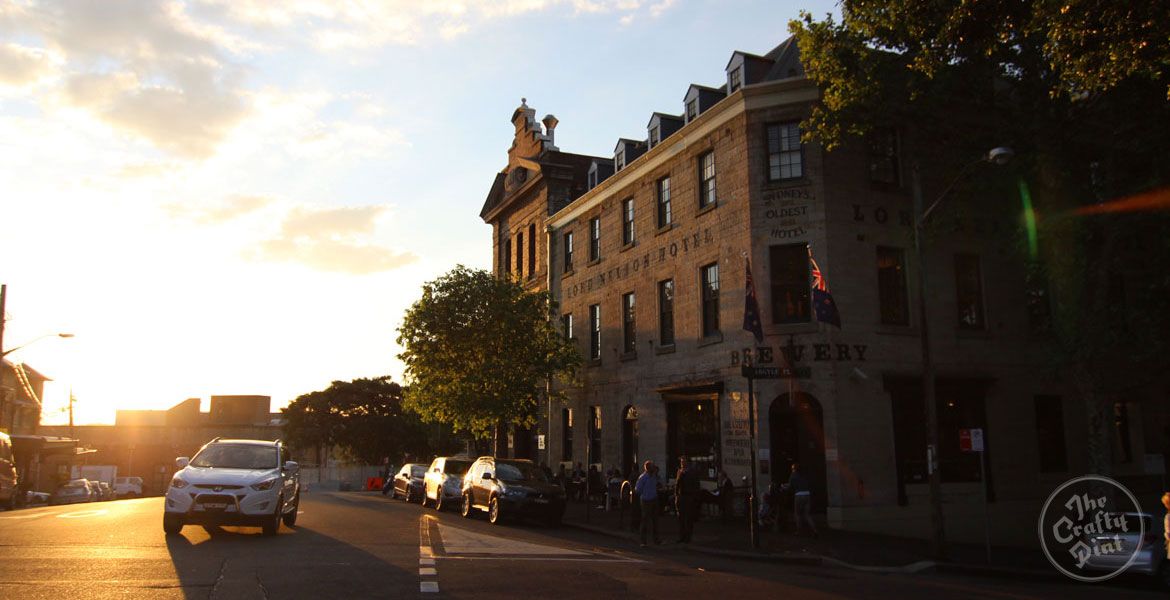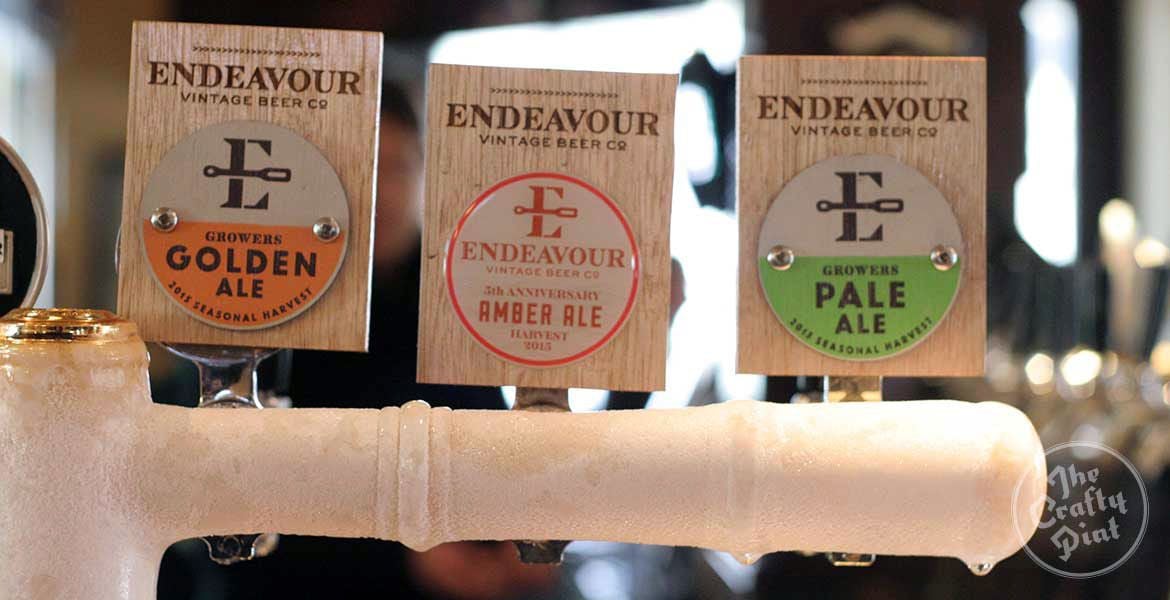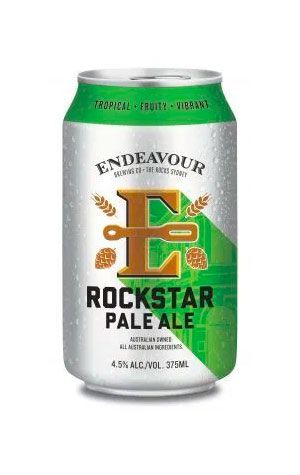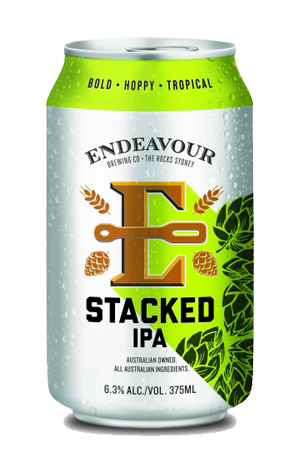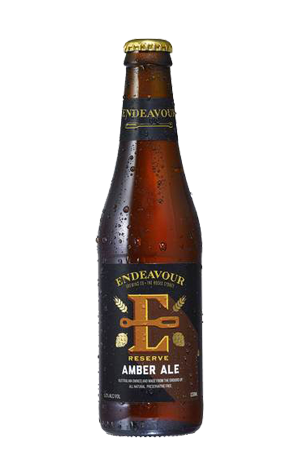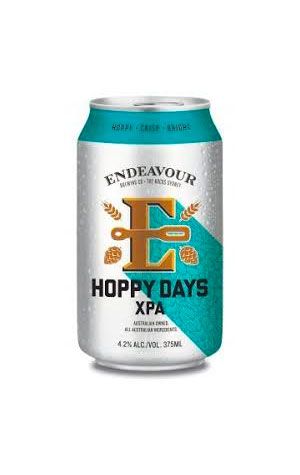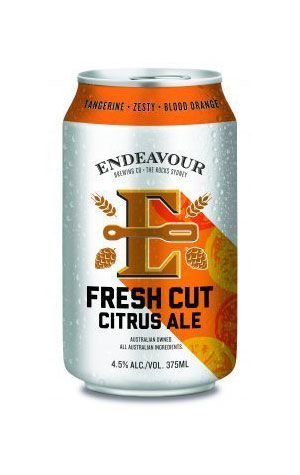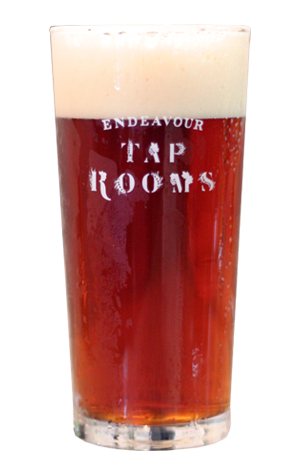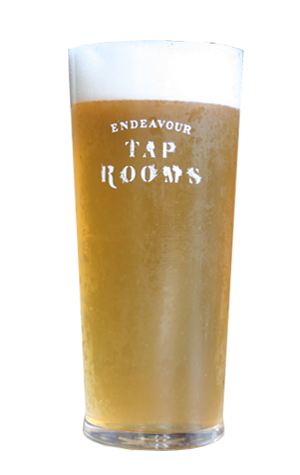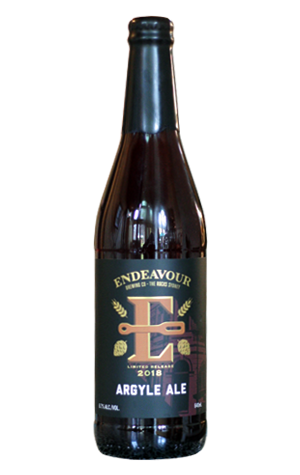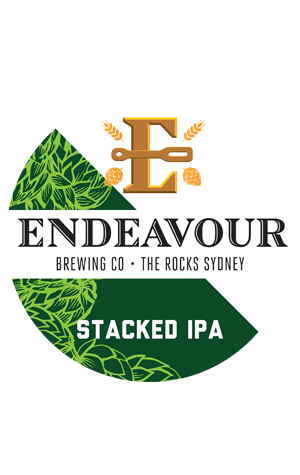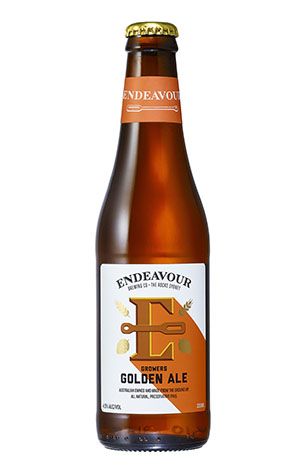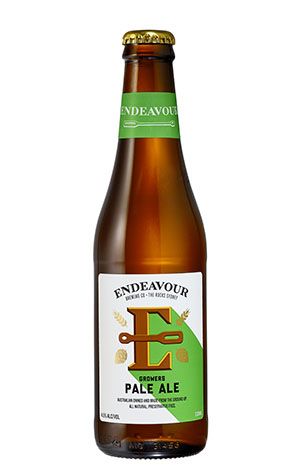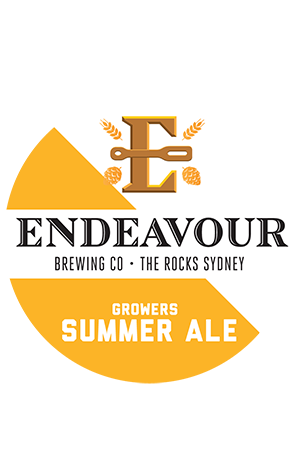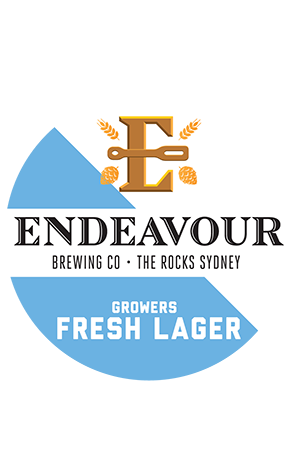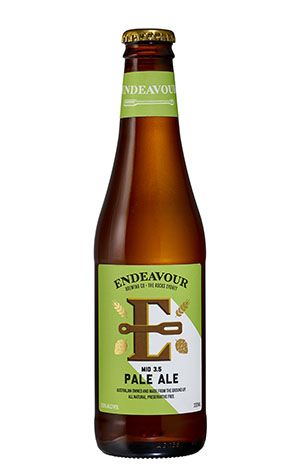The Rocks is home to some of the oldest hotels in Australia, places that have welcomed locals and tourists alike for well over 150 years. And while the Endeavour Tap Rooms doesn’t have 150-plus years under its belt like some of the neighbouring establishments in this unique pocket of Sydney, this quite beautiful little brewpub has been doing a fine job of giving locals and tourists a good time since it opened in late 2016.
In terms of where you would want a brewery to be – perhaps where you’d want any venue in the business of serving up good times to be – it is an enviable location: take a few steps from the front door and you're staring at the Opera House; a short stroll up the hill and you're on the Harbour Bridge; you’re almost close enough to the Museum of Contemporary Art to tickle it with a paintbrush.
Despite being home to one of the smaller breweries in the country – taller than it is wide and stacked within the nooks and crannies of a heritage building – you still can’t help but wonder how on earth they got the equipment inside. But they use the space well; with the ability to literally touch the tanks and the taps at the same time, the brew team has the freedom to make small batches of whatever they want to rotate alongside Endeavour’s tight core range.
There are nine taps in total, split between regulars and limited releases, with the bona fide tourist magnet – ideally placed to cater for holidaymakers pouring off the cruise ships docked at the end of the street – knowing its clientele will be drawn from far and wide, and will bring varied tastes as a result. Thus, over time, they’ve showcased Aussie hops for clued-up American beer fans, and tapped everything from chocolate stouts and India red ales to rauchbiers and lighter wheat ales infused with native ingredients foraged from the nearby Botanical Gardens.
On the other side of the wall, you’ll find the pub. The old layout of the building means it’s made up of many small rooms, upstairs and down, which adds an automatic cosiness. Add some ornate decoration to give a touch of class and it’s a particularly pleasant pub in which to sit and enjoy a meal. Outside features more than 100 seats from which to sit and watch the world go by, with a mix of shaded and sunny spots under a huge Cottonwood tree and festoon lights.
The food errs towards a modern American style, with an emphasis on smoked meats from the smoker housed out back, and a menu that’s regularly updated with a fresh focus. In general it’s food that goes well with beer although there’s much else, from the pickled to the freshly picked, to keep you happy regardless of what’s in your glass.
As for the brewpub’s arrival, it was designed to be the first home for the Endeavour Beer brand, which had been launched by three mates as a contract operation celebrating Australian ingredients back in 2010. These days, one of those founders remains at the helm of the brewpub, which is the main focus of the Endeavour brand following a rocky (no pun intended) couple of years in which an IP battle with the Endeavour Drinks Group flowed into the pandemic.
Now, as with many other businesses that call the historic Rocks home, as well as the tourism operators for whom its a key attraction, they’re steadying the ship and looking forward – when the time is right – to embarking on the expansion plans laid out in 2018 when they became the first Australian brewing company to launch an equity crowdfunding campaign.
For those pulling up a pew in one of its elegant spaces, however, all you really need to know is that beers brewed a few steps away are flowing – and being refreshed – as freely as they were pre-pandemic. And that the warm welcome that’s helped make The Rocks the destination it is for two centuries awaits.



